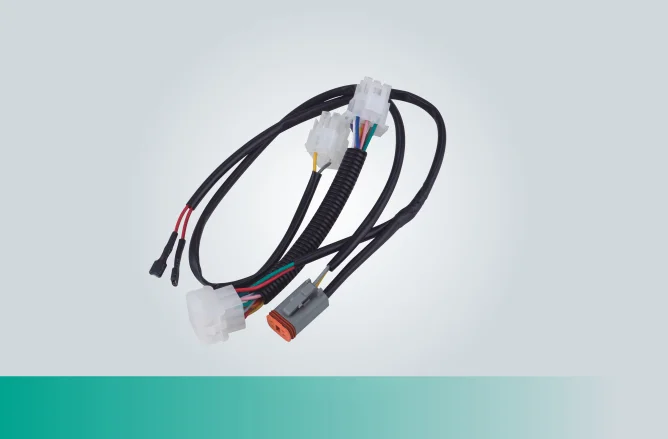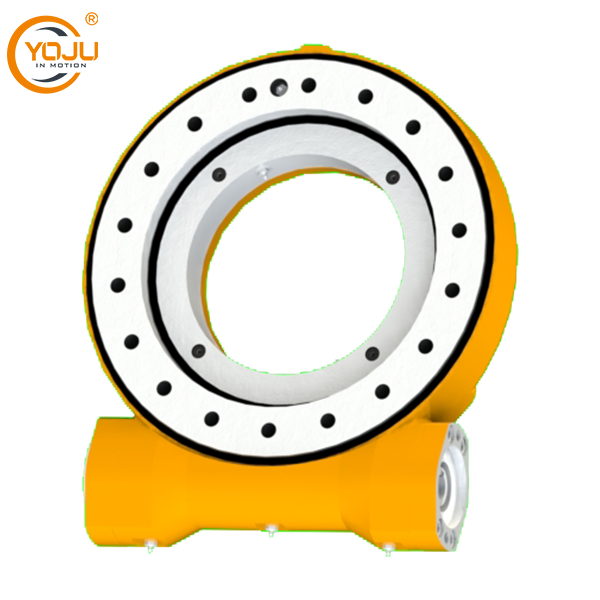When it comes to maintaining the pristine condition of your vehicle, one of the most common challenges car owners face is the removal of adhesive residues. Whether it’s leftover tape from a car wash, stickers from a previous owner, or the remnants of a bumper sticker, these adhesives can be unsightly and difficult to remove. A popular household product that often comes up in discussions about adhesive removal is WD-40. But does WD-40 effectively remove adhesive from car paint without causing damage? In this article, we will explore the properties of WD-40, its effectiveness in adhesive removal, and best practices for using it safely on your vehicle.
Understanding WD-40: Composition and Properties
WD-40, which stands for Water Displacement, 40th formula, is a multi-purpose lubricant that has been a staple in households and garages since its inception in 1953. Its primary components include mineral oil, petroleum distillates, and various additives that enhance its lubricating and penetrating properties. These characteristics make WD-40 effective for a wide range of applications, including rust prevention, lubrication of moving parts, and, notably, adhesive removal.
How WD-40 Works on Adhesives
The effectiveness of WD-40 in removing adhesive residues lies in its ability to penetrate and break down the chemical bonds of the adhesive. When sprayed onto the adhesive, the solvent properties of WD-40 work to dissolve the sticky substance, making it easier to wipe away. This can be particularly useful for adhesives that have hardened over time or those that are resistant to water-based removers.
Step-by-Step Guide to Using WD-40 for Adhesive Removal
- Preparation: Before applying WD-40, ensure that the area around the adhesive is clean. Wash the surface with soap and water to remove any dirt or grime that could scratch the paint during the removal process.
- Test a Small Area: Always perform a patch test in an inconspicuous area of your car’s paint. Spray a small amount of WD-40 and wait a few minutes to see if there is any adverse reaction, such as discoloration or damage to the paint.
- Application: If the patch test is successful, spray WD-40 directly onto the adhesive residue. Allow it to sit for about 5-10 minutes. This waiting period enables the product to penetrate and soften the adhesive.
- Wipe Away: Using a soft, lint-free cloth or a microfiber towel, gently wipe away the adhesive. You may need to apply a bit of pressure, but be cautious not to scrub too hard, as this could damage the paint.
- Clean the Area: After the adhesive is removed, wash the area again with soap and water to eliminate any remaining WD-40 residue. This step is crucial, as leaving the lubricant on the paint can attract dirt and grime.
- Wax or Polish: To restore the shine and protect the paint, consider applying a coat of wax or polish to the area where the adhesive was removed. This will help seal the paint and provide a protective barrier against future contaminants.
Potential Risks and Considerations
While WD-40 can be effective for adhesive removal, there are some important considerations to keep in mind:
- Paint Type: Different types of automotive paint can react differently to solvents. Older paints, especially those that are not clear-coated, may be more susceptible to damage. Always err on the side of caution and perform a patch test.
- Environmental Conditions: Avoid using WD-40 in direct sunlight or on hot surfaces, as this can cause the product to evaporate too quickly, reducing its effectiveness.
- Alternatives: If you are concerned about using WD-40, there are many adhesive removers specifically designed for automotive use. These products often contain safer solvents that are less likely to damage paint.
Conclusion
In summary, WD-40 can be an effective solution for removing adhesive from car paint when used correctly. Its penetrating properties allow it to break down stubborn residues, making the removal process easier. However, it is essential to take precautions to protect your vehicle’s finish. By following the steps outlined in this guide, you can safely and effectively remove adhesive without compromising the integrity of your car’s paint. Always remember to test a small area first and consider using specialized automotive products if you have any concerns. With the right approach, you can keep your vehicle looking its best, free from unsightly adhesive remnants.




More Stories
Enhance Your Golf Cart's Performance with a Golf Cart Modification Wiring Harness
Innovative Clinker Silo Design for Cement Storage Efficiency
Innovative Applications of Jwell PVC Extruder in Plastic Processing